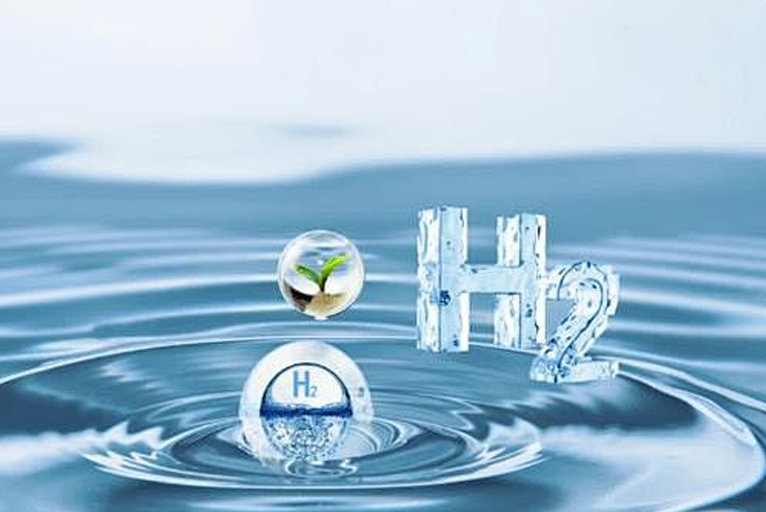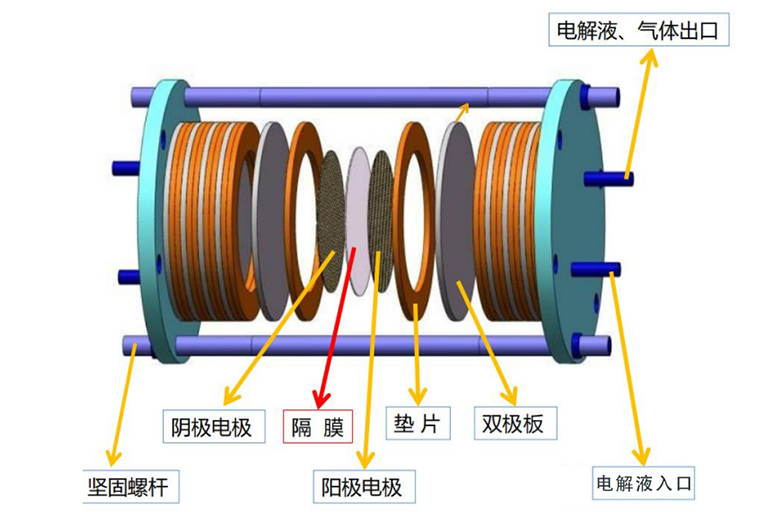google-site-verification: google0228a1feb97d321e.html
google-site-verification: google0228a1feb97d321e.html
google-site-verification: google0228a1feb97d321e.html
google-site-verification: google0228a1feb97d321e.html
google-site-verification: google0228a1feb97d321e.html
google-site-verification: google0228a1feb97d321e.html
Innovation and development of electrolytic cells - diaphragm coating - YMUS ultrasonic spraying
Hydrogen is an efficient, clean, low-carbon secondary energy source with the advantages of high energy and high utilization rate. It is a new energy source with the potential to replace traditional fossil energy. The production of hydrogen is a key link in the hydrogen energy industry chain. In the future development of green energy, the hydrogen energy industry will surely seek further development and breakthroughs in the direction of green hydrogen, which is the electrolysis of water to produce hydrogen. The electrolysis of water to produce hydrogen will have ample room for growth and progress, and is the key to achieving "peak carbon emissions". One of the effective ways to achieve the strategic goal of "carbon neutrality". At present, the technologies for producing hydrogen by electrolyzing water at room temperature mainly include alkaline aqueous solution electrolysis, proton exchange membrane water electrolysis (PEM) and alkaline ion membrane water electrolysis (AEM).
Alkaline electrolytic cell separators are membrane materials used to separate the anode and cathode in alkaline electrolytic cells. The development of membranes has gone through many stages, from the earliest natural membranes to later synthetic membranes, such as ion exchange membranes and ultrafiltration membranes. In recent years, the application of ultrasonic spraying technology in separator preparation has gradually increased, and it has some advantages and advantages.

Development and application of diaphragms:
● Natural membrane: The earliest alkaline electrolyzer diaphragms used natural membrane materials, such as linen, cotton, etc. These materials have lower cost, but the separators have poor performance and are susceptible to erosion and damage by the electrolyte.
● Synthetic membrane: With the development of synthetic materials, ion exchange membranes and ultrafiltration membranes are gradually used in alkaline electrolyzer diaphragms. These synthetic membrane materials have good isolation performance and chemical corrosion resistance, but the preparation process is complicated and the cost is high.
● Ultrasonic spraying separators: Recently, the application of ultrasonic spraying technology in separator preparation has gradually increased. Ultrasonic spraying can evenly spray materials in the form of particles on the substrate to form a membrane layer. This preparation method has the following advantages and advantages.

Application areas:
●Alkaline electrolyzer: used in electrolytic metal preparation, electroplating, water electrolysis and other processes.
● Energy field: such as fuel cells, electrolysis of water to produce hydrogen, etc.
● Chemical industry: such as electrolytic preparation of chemical raw materials, electrolytic wastewater treatment, etc.
Ultrasonic spray diaphragm:
● Uniformity ≥98%: achieve uniform distribution of separator materials, avoid uneven thickness, and provide better isolation performance.
● High controllability: Precisely control the thickness and composition of the separator layer to meet specific electrolyzer requirements.
● Cost reduction and efficiency improvement: Ultrasonic spraying technology can reduce material waste, improve material utilization and reduce preparation costs. Quickly coat a large area of separator layer to improve production efficiency and process controllability.